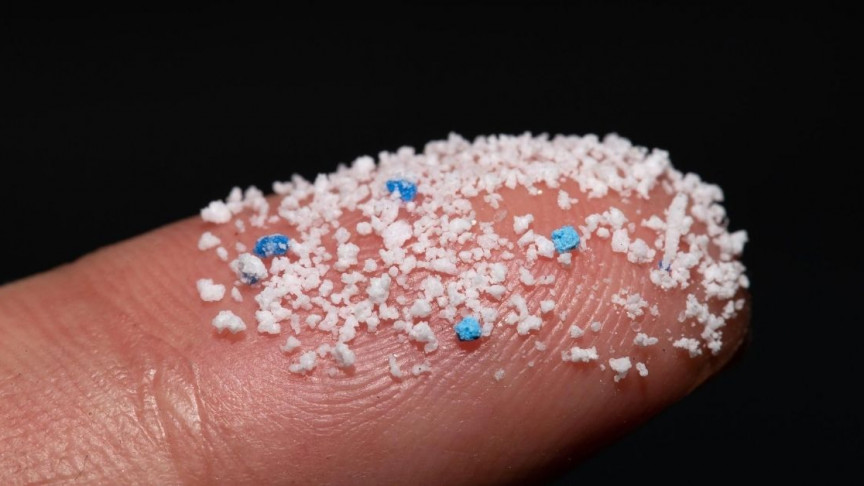Micro- and nanoplastics in food pose health danger


On average, five grammes of plastic particles enter the human gastrointestinal tract per person every week. This is approximately the weight of a credit card. Numerous research are being conducted to determine if ingested micro- and nanoplastics constitute a health concern, but the answer is yet uncertain. A MedUni Vienna research team has recently summarised the existing level of scientific knowledge. The review paper was just published in the journal Exposure & Health.
The digestive system, where micro- and nanoplastic particles (MNPs) may be detected in tissue, is the focus of medical study on the subject. Experiments show that consumed MNPs that travel through the gastrointestinal system alter the makeup of the gut microbiota. The research team, led by Elisabeth Gruber (Department of General Surgery, MedUni Vienna) and Lukas Kenner (Department of Pathology, MedUni Vienna, Comprehensive Cancer Center (CCC) MedUni Vienna and Vienna General Hospital, Department of Laboratory Animal Pathology of VetMedUni), found that such changes are linked to the development of metabolic diseases such as diabetes, obesity, and chronic liver disease.
Aside from the impact on the gut microbiota, researchers also discovered unique molecular processes that enable MNP absorption into gut tissue. Using particular studies, it was demonstrated that MNPs in the gastrointestinal system might be taken up into tissue and trigger pathways implicated in local inflammatory and immunological responses under certain physicochemical circumstances. Nanoplastics, in particular, are linked to metabolic processes that play a critical role in carcinogenesis.
Plastic particles in drinking water
Nanoplastics are classified as being less than 0.001 millimetres in size, but microplastics, which range from 0.001 to 5 millimetres in size, are still visible to the naked eye to some extent. MNPs enter the food chain through a variety of sources, including packaging debris. Plastic particles enter the body not just through food, such as marine life or sea salt, but also by drinking. According to one research, somebody who drinks the recommended 1.5 to two litres of water each day from plastic bottles consumes around 90,000 plastic particles per year. Those who drink tap water, on the other hand, can lower the quantity swallowed to 40,000 plastic particles, depending on where they live. Researchers also found that xenohormones leached from PET (polyethylene terephthalate) bottles contaminated mineral water. Xenohormones are known to have oestrogenic action, which can cause cancer in the body.
According to Lukas Kenner, the possible negative health impacts of plastic particles might be more severe for persons who have a chronic illness load. “A healthy stomach is more likely to protect against health risks. However, local alterations in the gastrointestinal system, such as those seen in chronic illness or simply negative stress, may predispose people to the detrimental effects of MNPs.”
Recent Posts
Harmful Bacteria in the Human Body: Risks and Prevention
The human body is home to trillions of bacteria, many of which are beneficial for…
Sitting vs. Walking: How 20 Minutes Affects Your Brain
In today’s fast-paced world, sedentary behavior has become a major health concern. Whether it’s working…
India’s Medical Tourism Industry to Reach $18 Billion by 2027
India’s medical tourism industry is on an accelerated growth path, with projections estimating that it…
Why Do Pregnant Women Forget? The Science Behind ‘Momnesia’
Pregnancy is a transformative journey, both physically and emotionally. It brings about significant hormonal, neurological,…
India Reports Highest Tuberculosis Cases in 2024 Amid Progress in TB Control
India has recorded its highest-ever number of tuberculosis (TB) cases in 2024, with 26.07 lakh…
Elon Musk’s 120-Hour Workweek: The Dark Reality
Elon Musk is known for his relentless work ethic and high expectations from his teams.…


